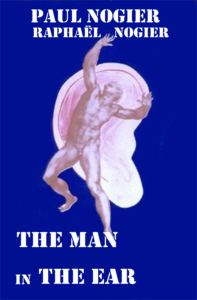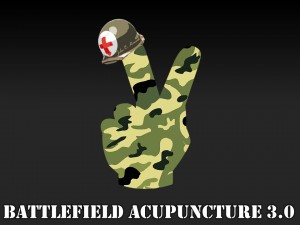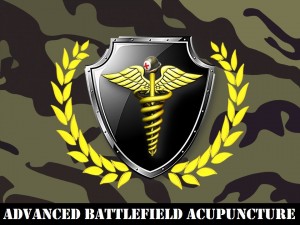
Excerpt from original translation (1985)
“Doctor Paul Nogier discovered auriculotherapy in 1951 and, since then, several countries and in particular China have adopted his methods. He is the author of hundreds of articles and of two books (Treatise of Auriculotherapy and Practical Introduction to Auricululotherapy), already translated in several languages. Wherever he is, Italy, Spain, Holland, Germany, Switzerland, Austria, or Canada, he is always welcomed, like in France, with great enthusiasm.
“The Man in the Ear” is the story first of auriculotherapy, then of auriculomedicine. Journals and reviews multiply their articles and the reader hankers for more.
This book, which was written for a large readership, permits for the first time to understand the great importance of this new medicine.
It highlights the main ideas that led Paul Nogier to become interested in the ear as a means of diagnosis and therapy and to multiply his observations and discoveries.”
Table of Contents
SUMMARY
INTRODUCTION
PART I — AURICULOTHERAPY
Chapter I — A fortuitous discovery
Chapter II — Origins of auriculotherapy
Chapter III — The doctor of the ear and his patients
I — The examination
II — The diagnosis
III — The therapy
a) The prick
b) Magnetic fields
c) Electrical currents
d) Auricular massages
Chapter IV — Indications and examples — Frequently used points
I — Thoughts about the eye point
II — Facial tic
III — The Omega points
IV — The zero point
V — A case of herpes zoster
VI — The antitobacco programmes
a) Programme acting at the cellular level
b) Antitobacco programme acting on the
nervous system
c) The results
d) Other methods
VII — Auriculotherapy and psychotherapy
PART II — AURICULOMEDICINE
INTRODUCTION
Chapter I — A second discovery — The R.A.C.
Generalities
I — The pulse
II — The brain
III — The role of the skin — the information
Chapter II — The skin and the information
I — The skin
a) The ear
b) Forehead, anterior portion of the trunk and pelvis
c) The periphery
II — Information registered by the skin
a) Pressure and touch
b) The frequencies
— The diagnosis by frequencies
— The treatment by frequencies
c) Filters or ring-tests
— The drug filters
— The biological filters
Chapter III — Paradoxes of a doctor’s life
Chapter IV — Can the V.A.S. be trusted?
Chapter V — Laterality
I — Left hemisphere
II — Right hemisphere
III — Our two brains
IV — Motor laterality
V — Psychological laterality and motor laterality
VI — Frustrated lateralities
VII — How can one distinguish a right-hander from a left-hander?
VIII — Therapeutic consequences of laterality
Chapter VI — Curious scars
Chapter VII — Treatments in auriculomedicine
Chapter VIII — Perspectives of a new medicine
I — Development in foreign countries
II — Research and perspectives
CONCLUSION
ANNEXES
— Schematic differences between the Chinese pulses, the Yu, and the R.A.C.
— Conclusion of the lecture entitled: “The Chinese pulse and its reequilibration”
— Treatment of bone fractures by frequencies
— Neuraltherapy
— An original observation on sleep and the wrist




